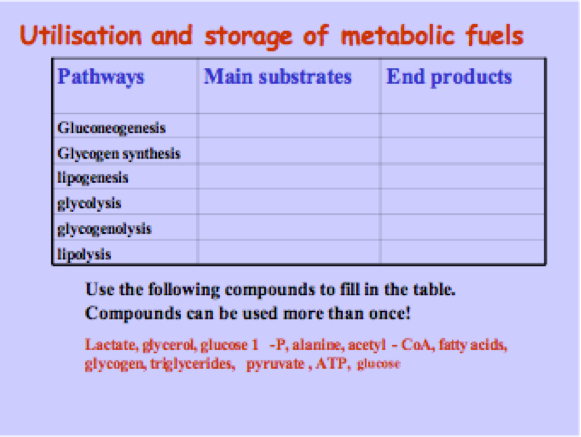



Question 4.
Describe how you would measure, in the laboratory, the concentration of glucose and albumin. Give an overview of how you would set up a standard curve.
The doctor asked to test for bilirubin in both urine and serum. I don’t know much about bilirubin. There is some information in the slides “My notes” but I am interested in learning more about it.
Question 5a.
Discuss the metabolism of bilirubin and its role in the determination of jaundice.
Why is Bilirubin in the urine positive in blood sample taken on the day of the visit and one week later while urobilinogen is negative one week later?
I am a still a bit concerned about feeling lethargic. I never felt this way and I wonder if it is not due to the “low calorie” diet I am on and my intensive exercise program. Maybe I should not exercise before breakfast.
I am going to look at my Biochemistry notes from previous years (see my BMS1011 Power Point Slides) and try to understand the effect of exercise and low calorie diet on carbohydrate and fat metabolism. Good I remember quite a bit about “The metabolic race” we did in BMS1011!
Question 5b.
Discuss how the body uses stored energy (in the form of carbohydrates, fats and proteins)
1. After 30 minutes of intensive exercise some hours after a carbohydrate rich meal
2. Early in the morning before breakfast [12 hours after my last meal]
Question 5c.
What are the main substrates and end products of the different pathways highlighted in the table below.
Now I think we have all the information needed to explain my results. You should now be able to answer question 2b.
Question 2b.
Discuss the results of Elisa’ blood sample taken on the day of her first visit to the doctor and then one week later; compare them with the normal values. [answer to this question should be part of question 2]
So now, tell us “What was wrong with Elisa” and why did we call her Elisa!
Results


I went back to the doctor and finally got my results. Let us see what’s wrong! I notice that the units used to determine the concentration of the different compounds vary; the enzymes are expressed as U/L while the proteins as μmol/L or g/L. What do U/L and μmol/L mean?



